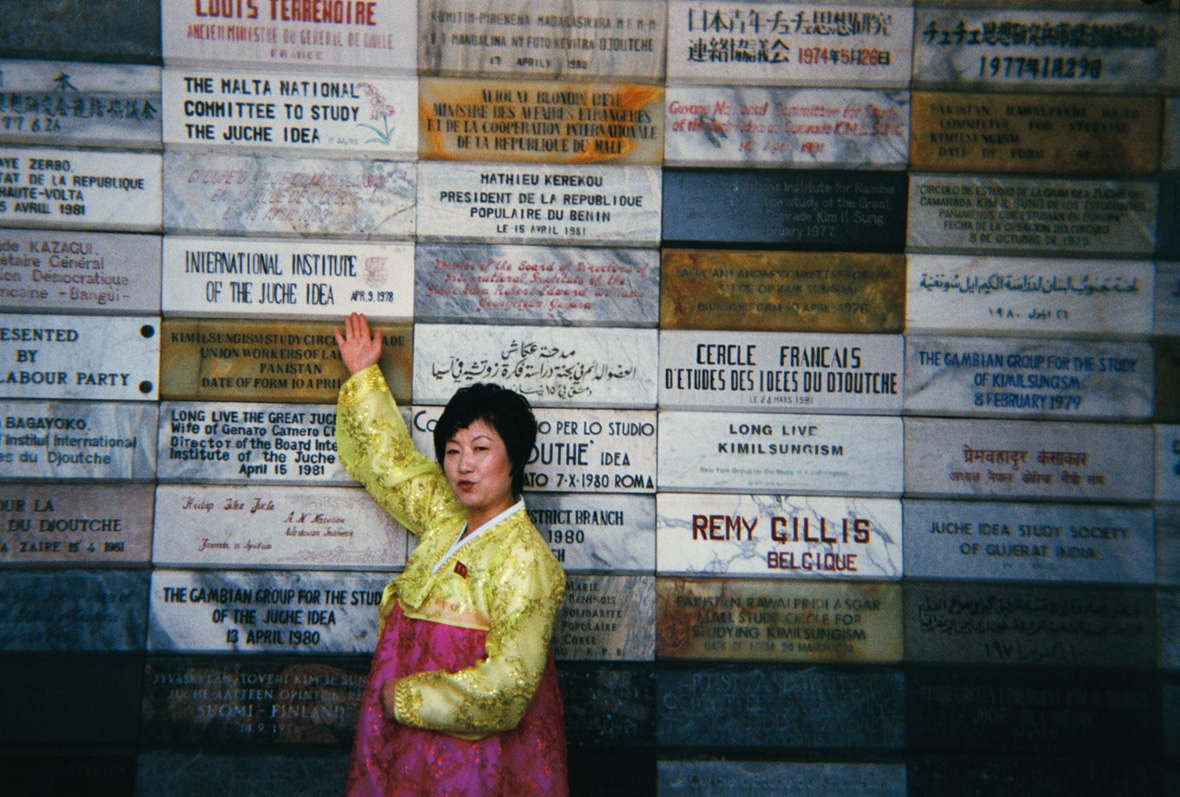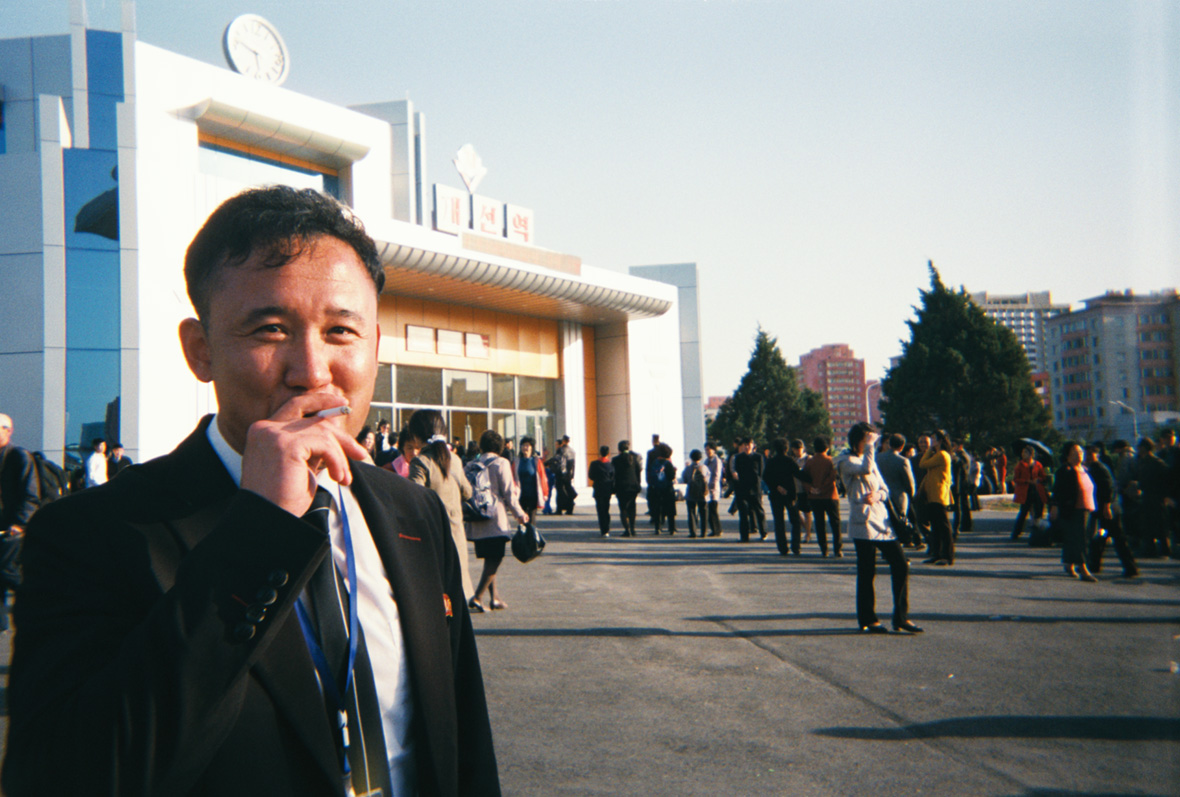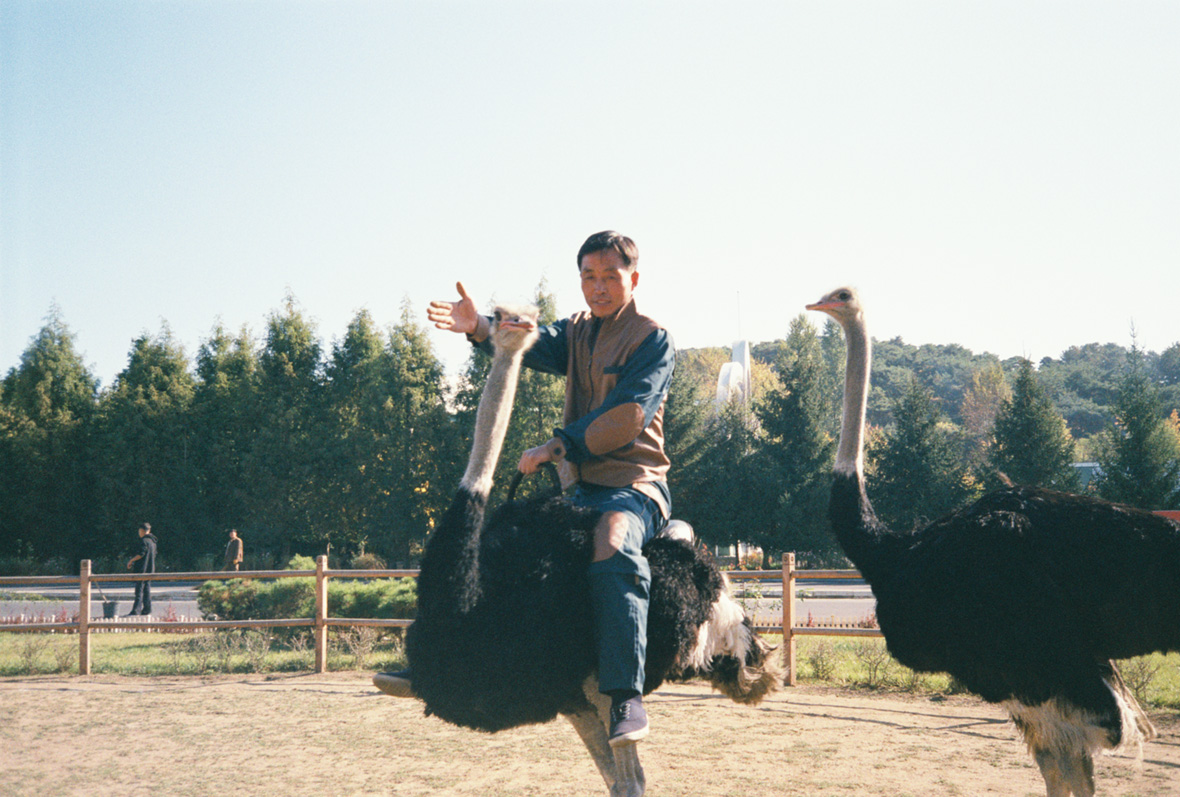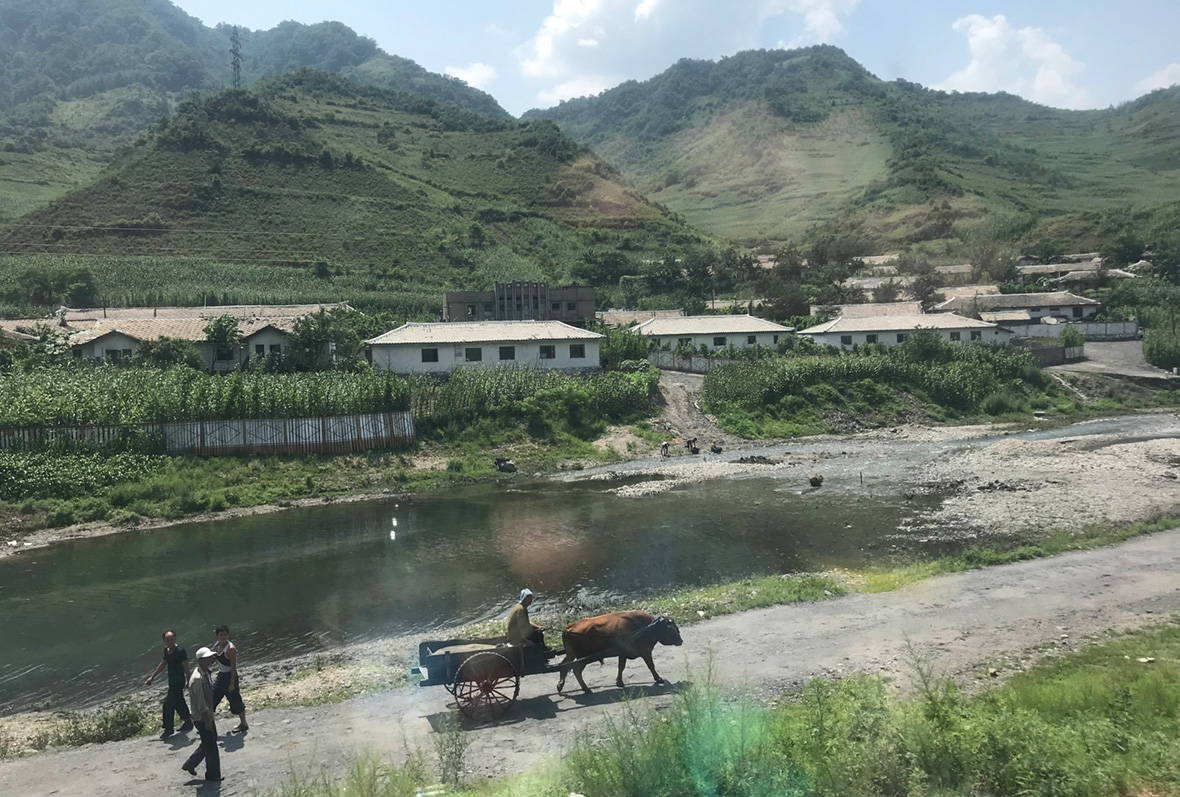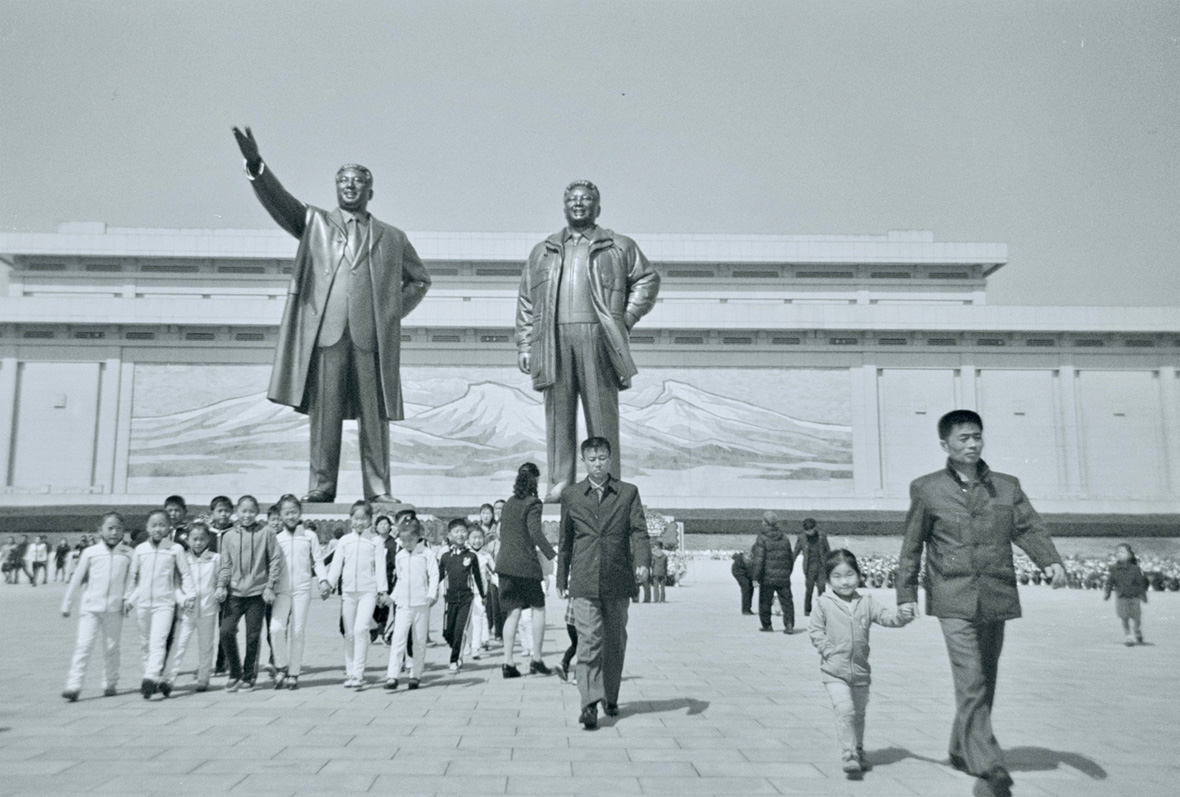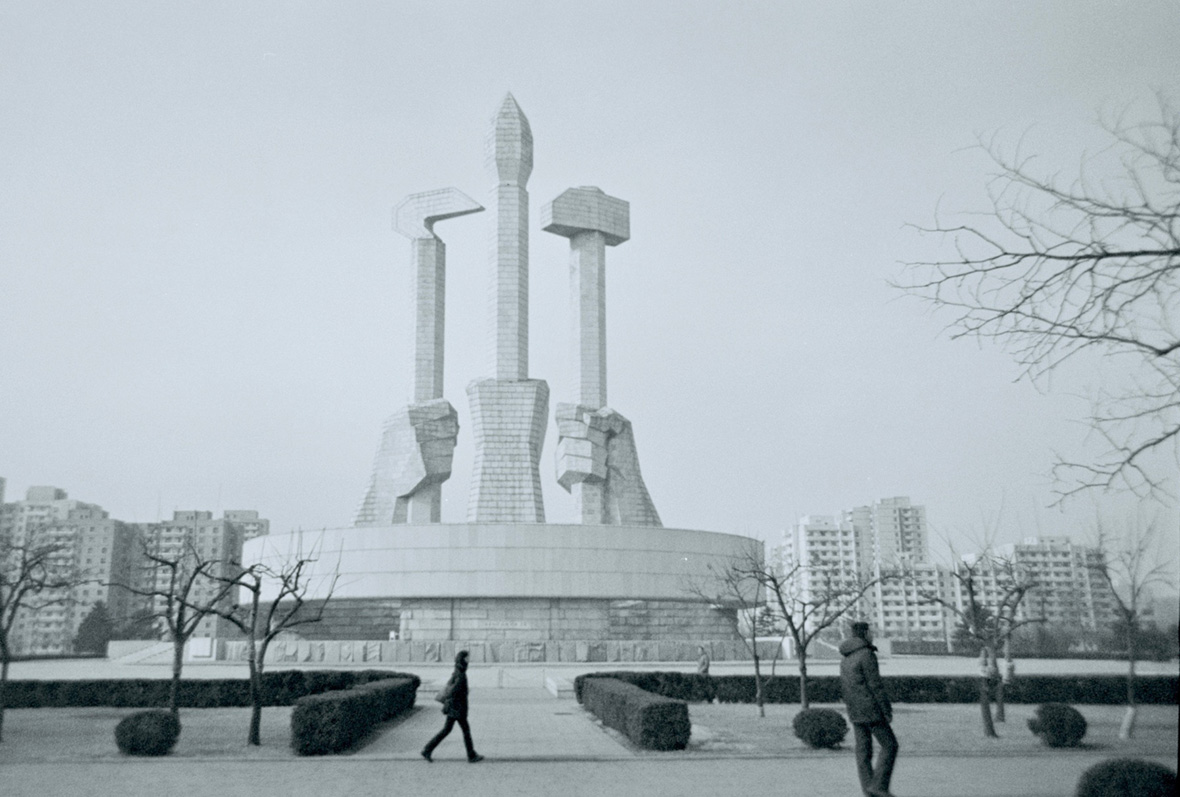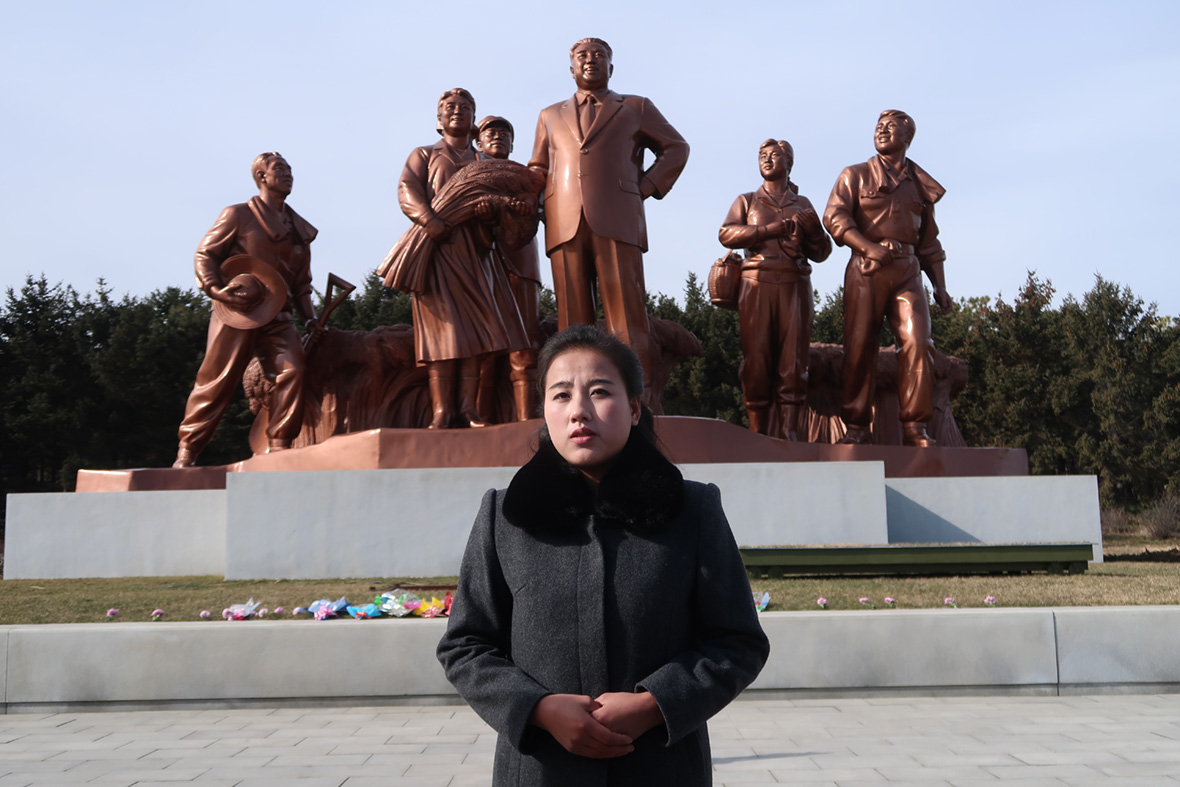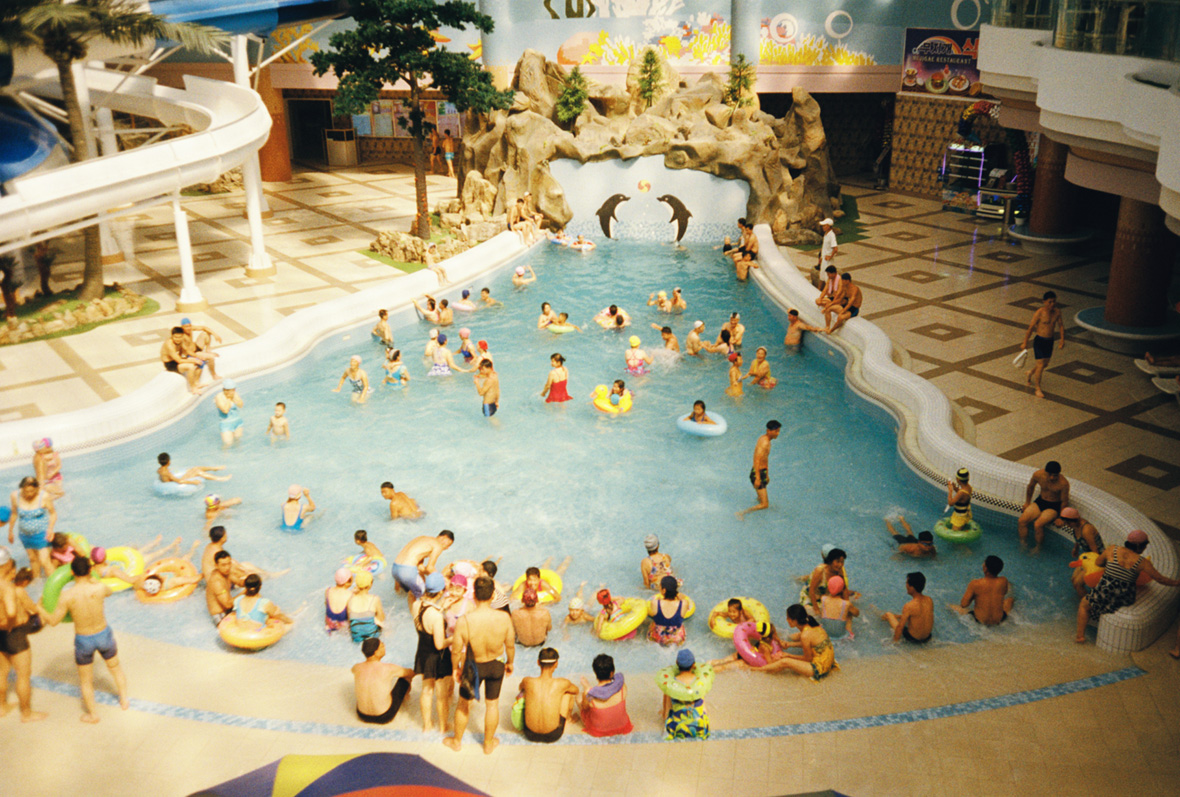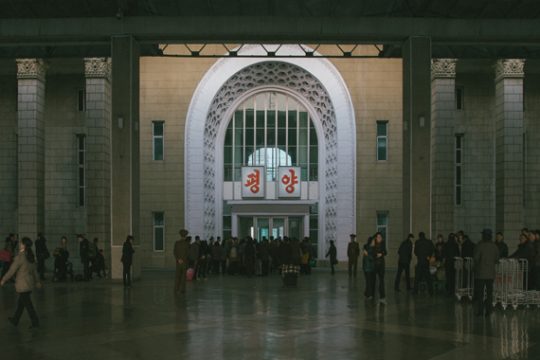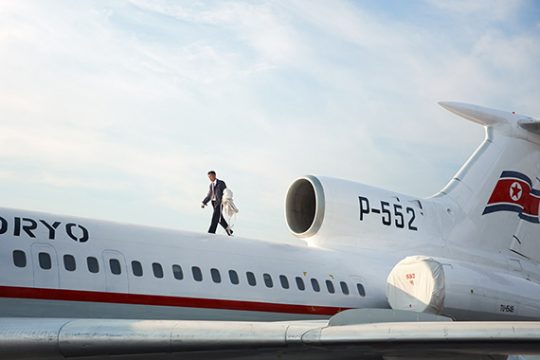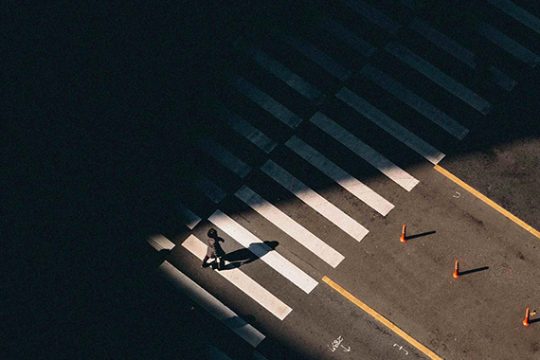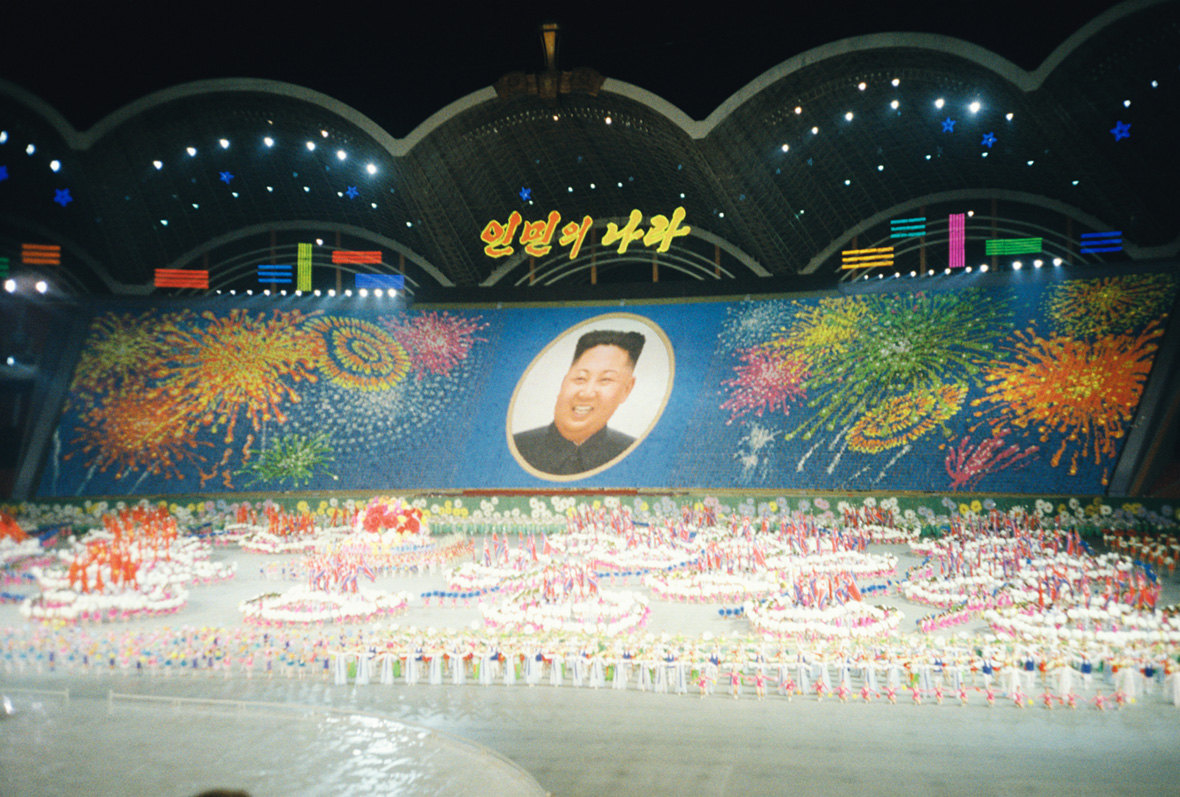
There’s only so much a foreigner can do in North Korea, and Matt Kuleuzs has done most of it plus more—including partying with villagers in the isolated province of North Hamgyong. He’s been to the country over sixty times and shot a body of work that offers a considerate look into the secretive nation.
Kuleuzs’s interest in North Korea started in his hometown of Melbourne, where his studies in international affairs focused on East Asia. The more he learned about the country, the more infatuated he became—North Korea soon grew into an obsession.
在朝鲜,外国人能做的事情屈指可数;Matt Kuleuzs 几乎将外国人在朝鲜能做的事情都做遍了,还曾在偏远的咸镜北道与村民一起参加派对。他已经去过朝鲜六十多次,期间拍摄了大量的照片,让人们得以一窥这个神秘国家的真实面貌。
Matt 在家乡墨尔本攻读东亚地区国际事务时,对朝鲜产生了浓烈的兴趣。随着对朝鲜的了解加深,他越来越想去了解这个国家。
His first visit to the country was on a 12-day tour through Young Pioneer Tours, one of the few agencies specializing in North Korea. Before his return home, he had already decided to be part of their team as a tour guide as soon as he graduated.
In his three years working as such, Kuleuzs had an unparalleled opportunity to travel through eight out of the nine North Korean provinces, multiple times, through paved and—most of the time—unpaved roads. One of the most interesting destinations for him was Kaesong. Unlike most of the cities in the north, Kaesong wasn’t as affected by air raids during the Korean War, and with its thatched-roofs and various heritage sites still preserved, it was a valuable look into the history and culture of the unified peninsula.
他第一次到访朝鲜是通过参加 Young Pioneer Tours 为期 12 天的旅游——这是提供赴朝鲜旅游的少数机构之一。旅游结束之前,Matt 就下定决心在毕业后加入团队,成为一名导游。
三年期的导游工作为 Matt 提供了难得的机会,遍访朝鲜九个省中的八个省,除了基建良好的城市,他也造访了落后的乡村僻野。对他来说,最有趣的朝鲜城市之一是开城。不同于朝鲜北部的大多数城市,开城在朝鲜战争期间并未受到空袭的影响,至今依然保留着茅草屋顶和各种历史遗址,为了解这个朝鲜半岛国家的历史和文化提供了宝贵的窗口。
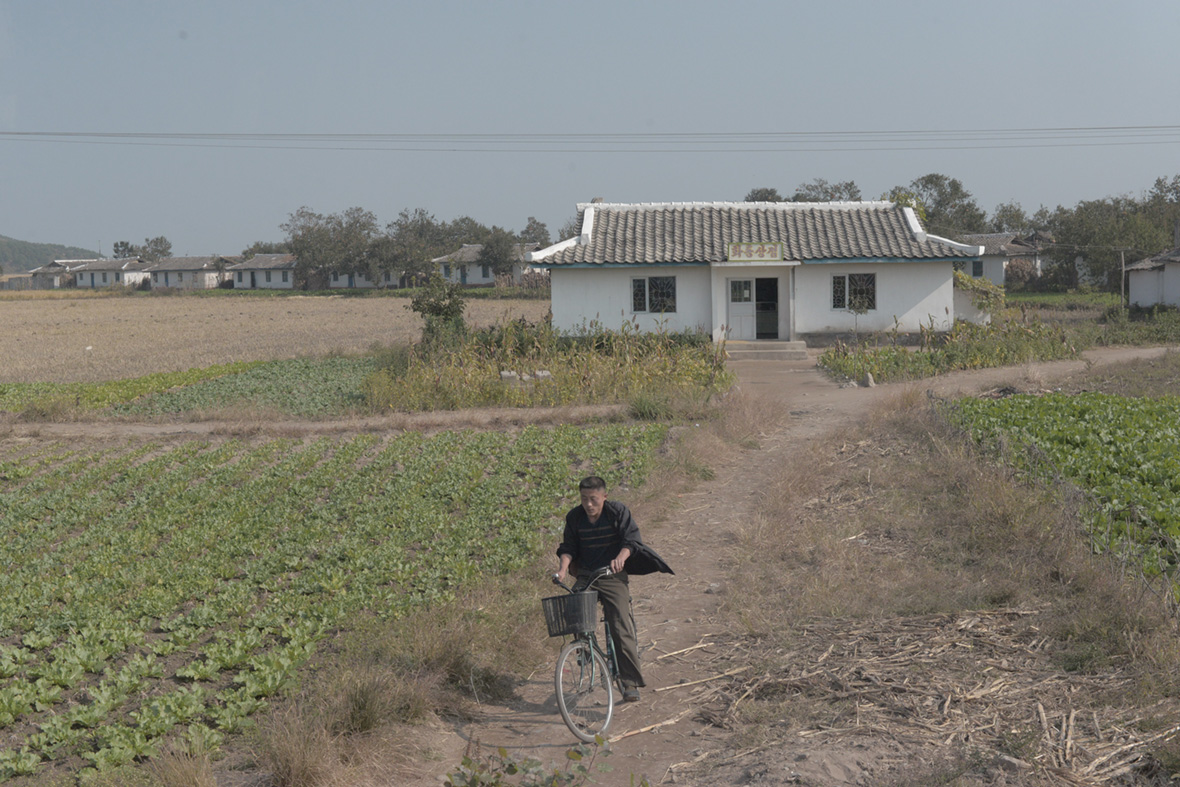
There’s a stark contrast between what he saw in the rural areas and the capital. Pyongyang had three-fourths of its infrastructure wiped out during the war, and much of the city was reconstructed in a Stalinist style.
“Pyongyang is meticulously planned,” Kuleuz says.“The distance between the Workers Party Foundation Monument, with the big hammer, sickle, and paintbrush, and the Mansudae Grand Monument, with the statues of Kim Il Sung and Kim Jong Il, is exactly 2.16 kilometers. It was conceived as a tribute to Kim Jong Il’s birthday on February 16.
朝鲜的农村地区与首都城市形成了鲜明的对比。在战争期间,首都平壤有近四分之三的基础设施被彻底摧毁,之后大部分建筑都按照了斯大林主义风格进行重建。
Matt说:“平壤是一座经过精心规划的城市。由巨型的锤子、镰刀和画笔组成的建党纪念碑,与金日成和金正日雕像的万寿台大纪念碑之间的距离刚好为 2.16 公里,这代表了金正日的诞辰 2 月 16 日。”
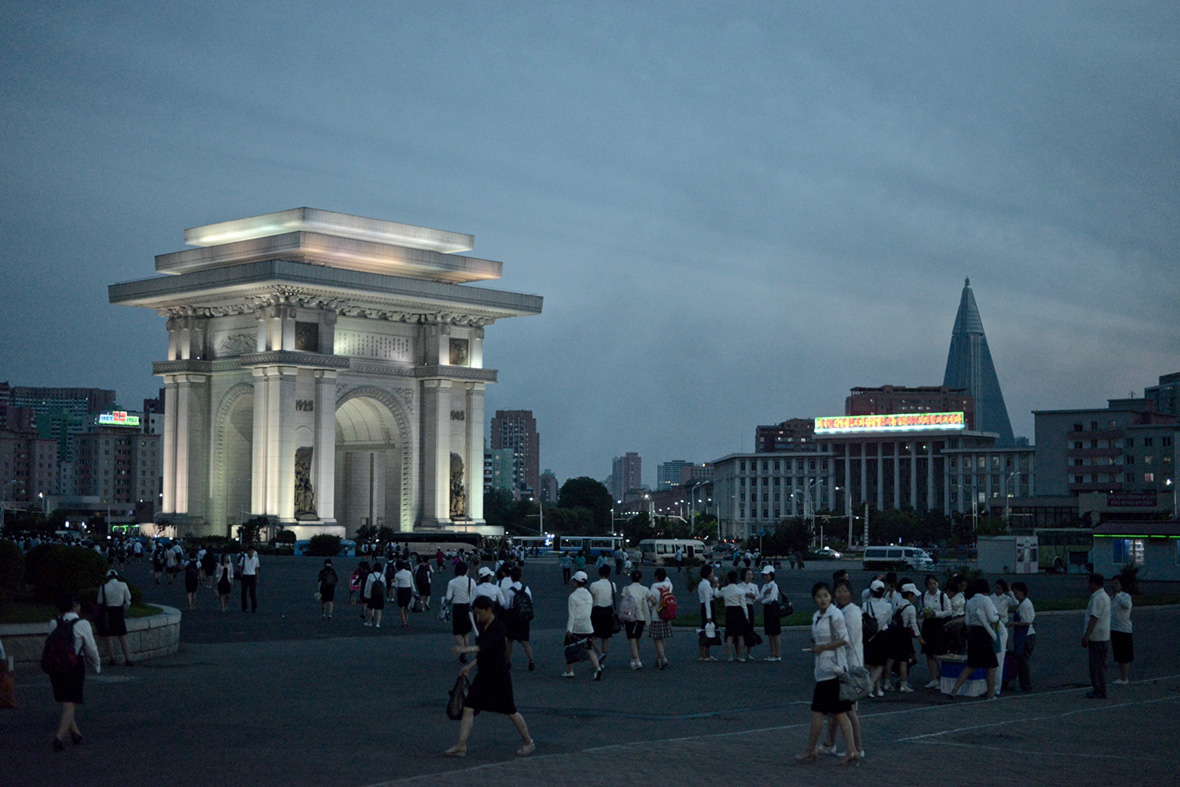
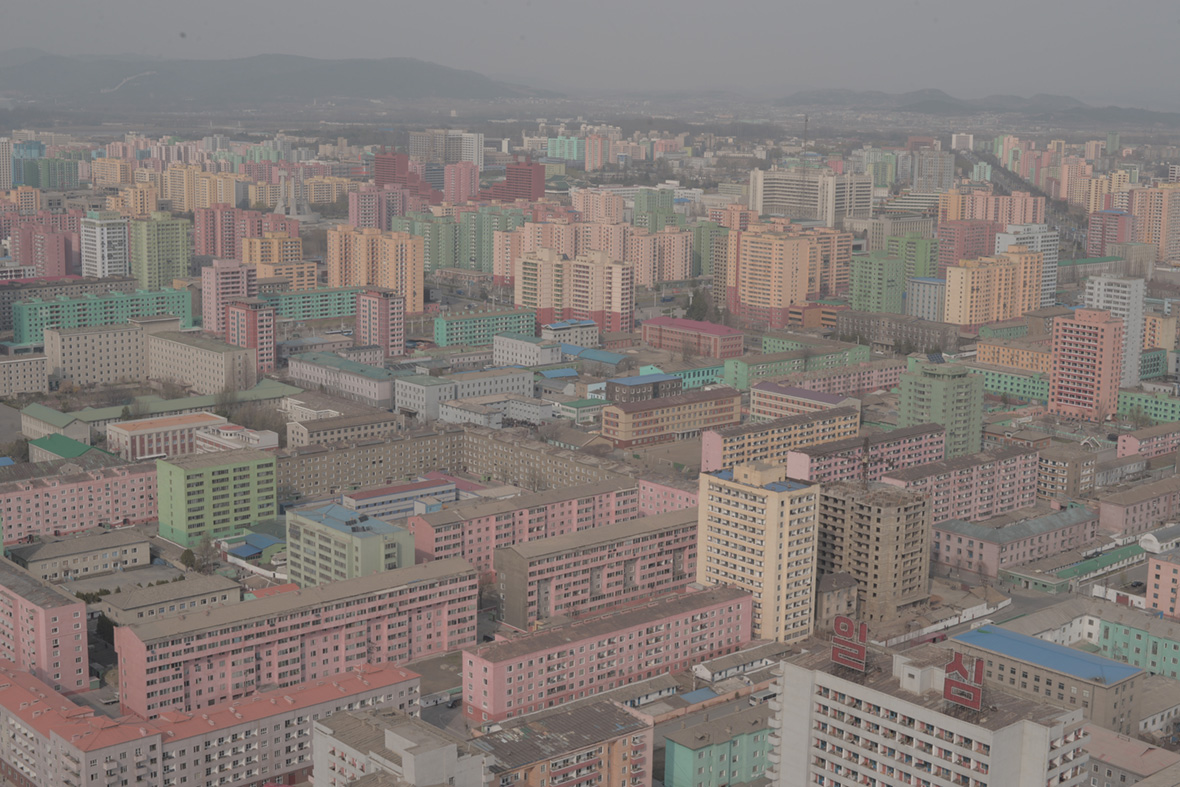
“The city is grand: the brutalist soviet architecture sits alongside the new Jetsons-esque style of pastel buildings,” he adds. “The interiors are kitsch; you’ll find 1970’s carpet alongside floral murals, fake palm trees, fairy lights, and neon chandeliers. Things clash, but somehow it works.”
“这座城市看上去很宏伟,各种野兽派苏联建筑与风格柔和的新科技风并存,内部装潢华丽俗气:1970 年代的地毯搭配花卉壁画、人造棕榈、彩色灯光和霓虹吊灯。互不相搭的元素,却又莫名的和谐。”
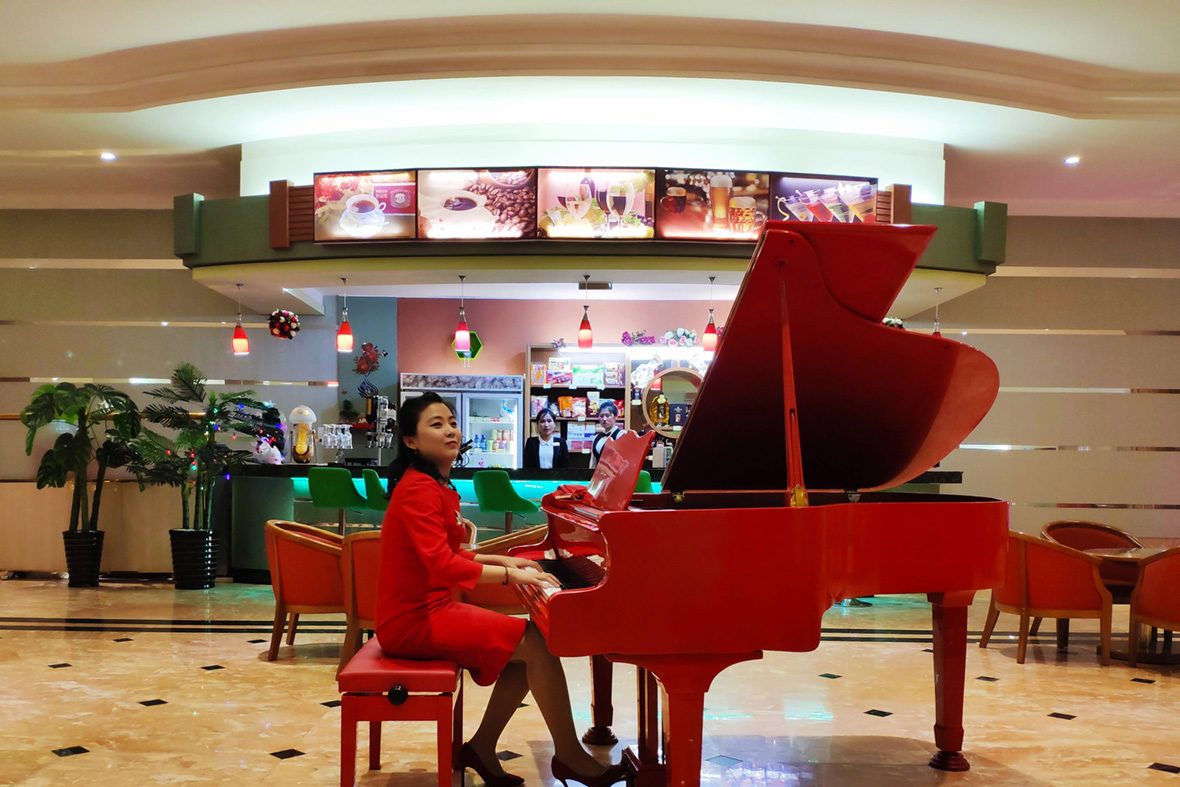

Fashion is another fascinating facet of North Korean aesthetics. Away from the conformism of military attires and state-approved hairstyles, there’s color and texture, and it happens in an involuntary retro way. Kuleuzs points to the timelessness of the country’s female fashion as an example, describing it as “a secretary style, trapped somewhere between the 1960s and 1980s.”
人们的着装也是了解朝鲜美学的另一个有趣角度。除了一致的军装和国家标准的发型,服装的颜色和面料都透露着并非刻意为之的复古风。Matt 指出朝鲜女性经典风格的着装,将其描述为“上世纪六十年代至八十年代的秘书风格”。
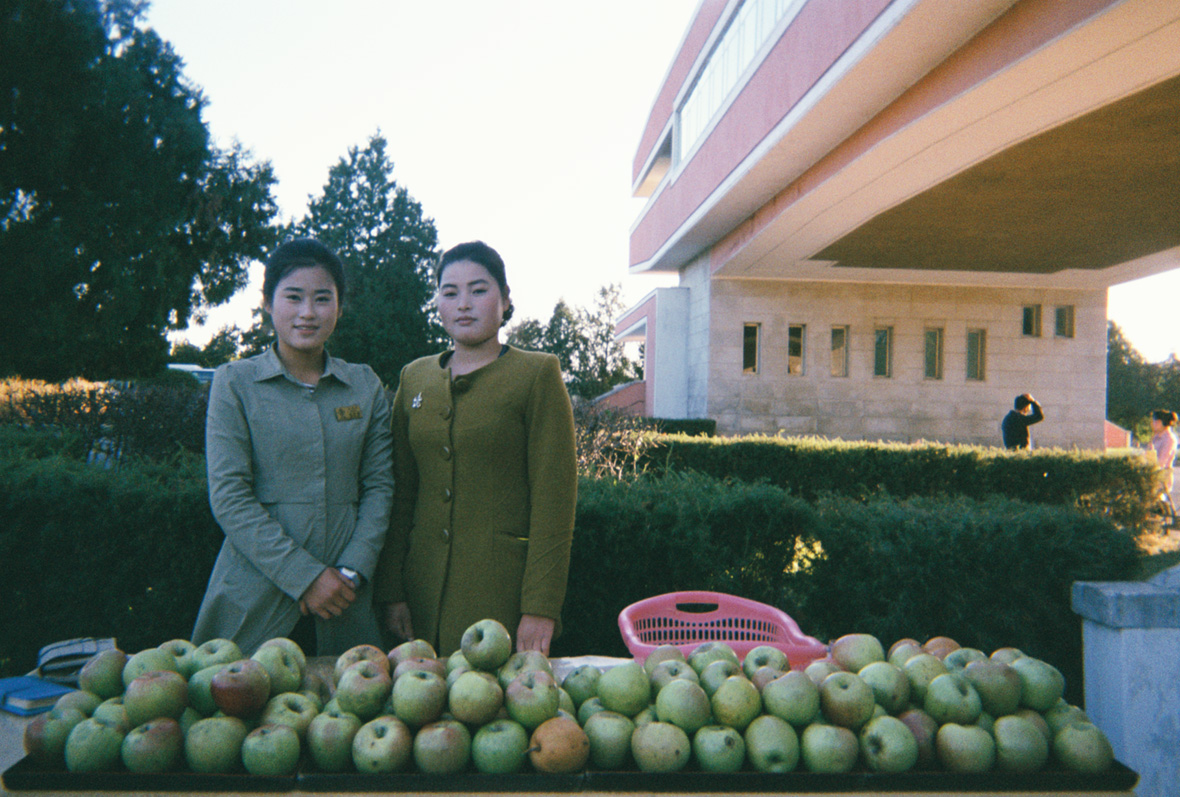
From amusement parks to dolphinariums and countless museums, Pyongyang provides a variety of wholesome entertainment options. Even though the authorities enforce a nationwide nightly curfew, there are many bars and karaoke clubs. North Koreans also take advantage of the various national holidays—most of which relate to the party, the leaders, or the war—to gather in parks and celebrate.
“They love drinking, dancing, and singing,” Kuleuzs says. “Once, in an extremely off-the-beaten-path village by the Chilbo Mountains, the locals brought out a speaker, and we had a mini-rave around a bonfire on the beach to the sound of North Korean techno.”
从游乐园、海豚馆到各种各样的博物馆,平壤提供了各种的娱乐设施。虽然政府在全国实行宵禁,但仍能看到许多酒吧和卡拉 OK 俱乐部。除此之外,朝鲜人还喜欢趁各种国定假日(大部分都是与党、领导人或战争有关的假期)在公园聚会庆祝。
Matt说:“朝鲜人喜欢喝酒、跳舞和唱歌。有一次,在七宝山附近一个人迹罕至的小村庄,当地人拿了一个音箱,放着朝鲜当地的电子音乐,就在沙滩的篝火旁放举行了一场迷你的锐舞派对。”
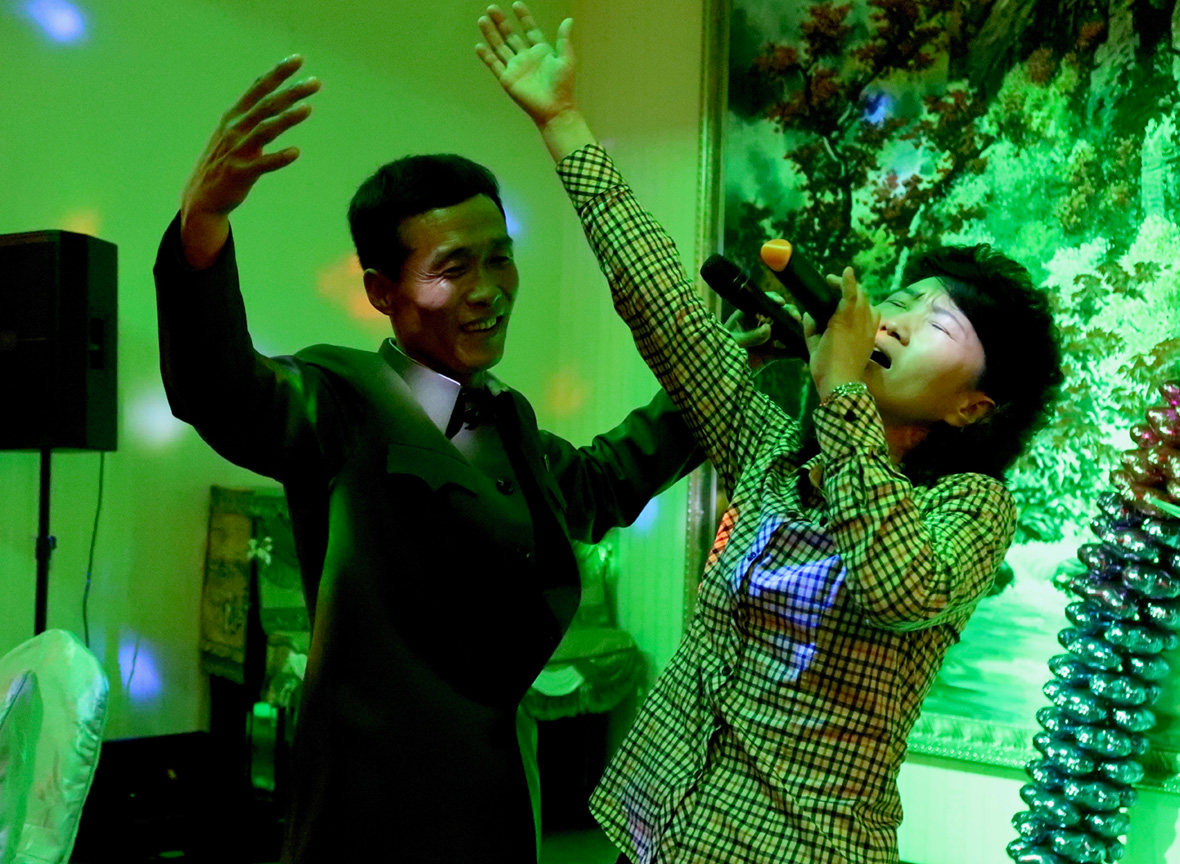
North Korea’s stigma of being a closed and hateful society isn’t all true, Kuleuzs says. He’s found North Koreans to be humorous, curious, and utterly relatable. “North Koreans are proud, nationalistic, and very much into their leadership,” he says. “But I find the accusation that they are brainwashed automatons pretty naff. Their devotion is not very different from those of groups with specific religious beliefs.”
Kuleuzs admits that foreigners not being allowed to talk to the population at large is, to some extent, true. But on the occasions that it is possible to do so, like when visiting the Munsu Water Park, North Koreans are open and friendly.
Matt 说,外界称朝鲜是一个封闭和充满仇恨的社会,这种偏见并不完全真实。他所了解的朝鲜人风趣幽默,好奇心强,完全可以正常沟通。他说:“朝鲜人很自豪,充满民族主义,也非常尊重他们的领导。但是像外界将他们描述为被洗脑的机器人,这种说法就过分了。他们这种热爱跟那些宗教信仰的团体其实并没有太大区别。”
他承认,从一定程度上来说,朝鲜确实不允许外国人与大多数的民众交谈。但是也不是绝对的,例如参观文殊水上乐园 (Munsu Water Park)时,他遇到的朝鲜民众都很开放和友好。

“It’s pointless to expect conversations about how North Korea really is; it’s not going to happen,” he says. “Besides, there is so much more happening in their lives beyond politics. I prefer to speak to them about whatever I’d speak to my friends back home: relationships, movies, music, what would they do with a million dollars? Common ground things.”
With a unique perspective grounded in local life and not politics, Kuleuzs’ photographs pivot from the usual narrative around the country. They tear the homogeneous and largely misconceived image of North Korea and reveal its real character through the resilience, stoicism, and livelihood of its people. “Instead of Kim Jong Un pointing at things and goose-stepping soldiers in a military parade, I aim to capture the other side—the human side of the country,” he says.
Matt 说:“和当地人去谈论朝鲜现实的政治问题,这种对话毫无意义;也不会发生。况且,除政治之外,他们的生活中还有很多值得关心的事情。我宁愿像跟我国内的朋友那样,跟他们谈谈人际关系、电影、音乐的话题,或者是问他们有了一百万美元会做什么,这些有着共通点的话题。”
他的摄影作品从独特的视角,用镜头记录了朝鲜当地的日常生活而非政治问题。这些摄影作品打破了外界对朝鲜的同质化的、很大程度上被误解的刻板印象,展示出朝鲜人的坚韧品性和谋生之道,呈现了朝鲜的真实面貌。他说:“我不想拍摄金正恩在军事阅兵中指挥的样子或是正步走的士兵,我要拍摄的是朝鲜的另一面——朝鲜人们人性的一面。
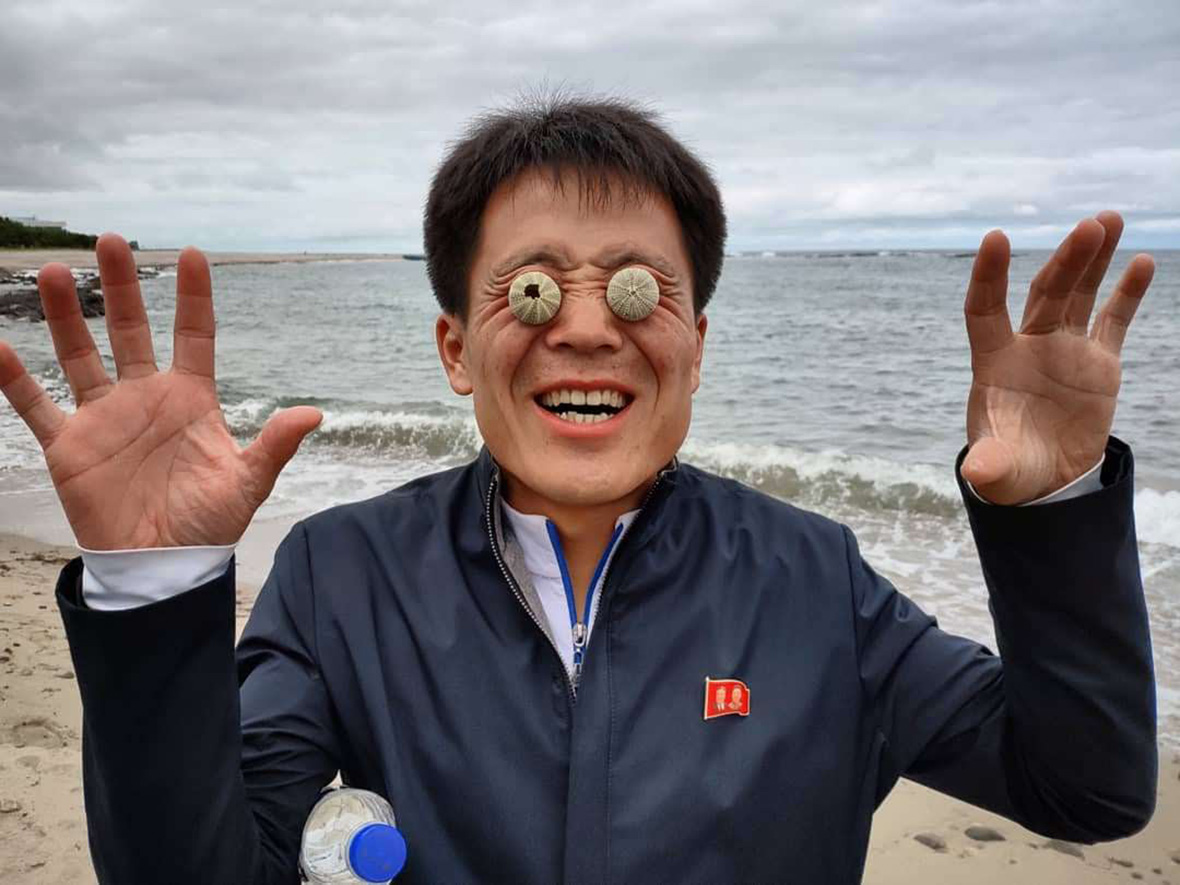
Like our stories? Follow us on Facebook and Instagram.
Instagram: @mattkulesza
Contributor: Tomas Pinheiro
Chinese Translation: Olivia Li

